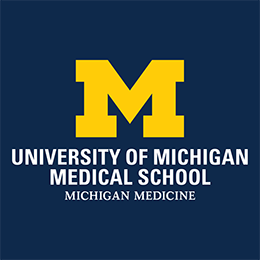Formal training of physicians is divided into three phases: premedical education, medical school, and graduate medical education. In internal medicine, the requisite part of graduate medical education is a three-year residency program.
Following successful completion of residency training, the graduate may begin practice as a general internist or may choose to train further in one of the subspecialties of internal medicine. At the completion of residency training, the American Board of Internal Medicine (ABIM) offers a special test that certifies expertise in internal medicine. Although not required, passing this test is beneficial to an internal medicine career, and most graduates take this examination to become “board certified” in medicine. A similar examination is offered by ABIM following completion of a subspecialty fellowship.
Specialty training is called fellowship training, and usually adds two to three years of training beyond the residency training. Generally, applications for fellowship training are submitted during the second year of internal medicine residency training. The following is a list of subspecialties that are certified exclusively by the American Board of Internal Medicine:
- Cardiovascular Disease
- Adult Congenital Heart Disease
- Cardiac Electrophysiology
- Heart Failure and Transplant Cardiology
- Interventional Cardiology
- Endocrinology, Diabetes and Metabolism
- Geriatric Medicine
- Gastroenterology
- Transplant Hepatology
- Hematology
- Infectious Disease.
- Nephrology
- Oncology
- Pulmonary Disease
- Pulmonary/Critical Care Medicine
- Rheumatology
Discuss options with your Medical School academic counselor
A great place for information about Internal Medicine and its specialties is the American College of Physicians (ACP). ACP is the nation’s largest specialty medical society and is composed of more than 115,00 Internal Medicine board-certified physicians, residents, and medical students. Membership is free for medical students. Web site: https://www.acponline.org/membership/medical-students
Training Outside the Traditional Core Disciplines of Internal Medicine
Some physicians continue their training outside the traditional core disciplines of internal medicine. These related areas — among them addiction medicine, adolescent medicine, clinical decision making, clinical nutrition, clinical pharmacology and therapeutics, critical care medicine, geriatric medicine, gerontology, medical informatics, occupational and environmental medicine, physical medicine and rehabilitation, preventive medicine and public health, primary care sports medicine, and tropical medicine — have a significant impact on the practice of internal medicine and offer challenging and dynamic career opportunities in patient care, teaching and research.
Advanced training in other disciplines, such as adolescent medicine and tropical medicine, can enhance general internal medicine practice. Expertise in many of these specialty areas is likely to become increasingly important as the health care marketplace moves toward a system of managed care.
Residency Training
- Duration of training: Three years
- Number of programs nationally: 641
- Number of entering residency positions per year: 9,380
- Types of fellowships or subspecialties: All medicine subspecialties
- Type of Match: Regular
- Overall competitiveness: Extremely Competitive in coastal cities — a difficult match for the "above average" student. Moderately Competitive in large cities — a good chance of matching for the average student. Competitive for most other programs — the average student is very likely to match
Medical Student Club or Interest Group
Contact Mary Edwards at edwardsm@umich.edu.
Shadowing or Mentoring Experiences Available to M1s or M2s None
Resources
American College of Physicians-Medical Students (ACP)
Suggested Journals, Books & Information for Interested Students
- Annals in Internal Medicine
- New England Journal of Medicine
